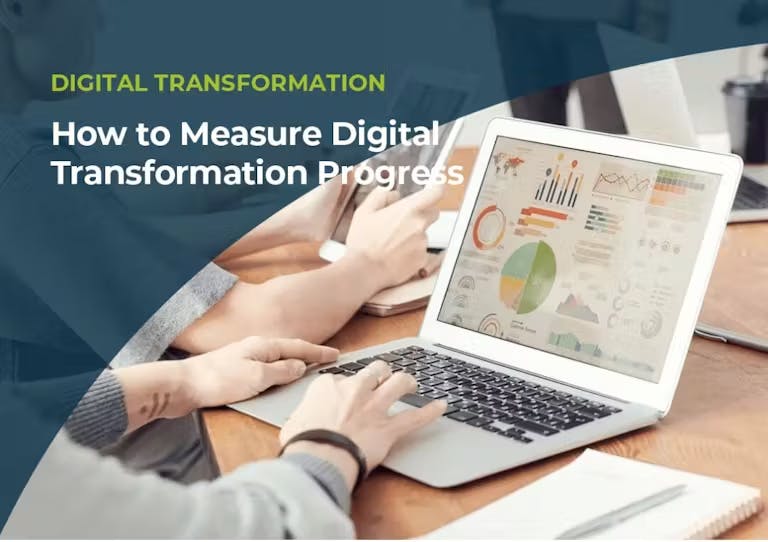How is Digital Transformation Success Progress Measured?


More than ever, business leaders are gaining a better understanding of the role technology can play in driving revenue. Outdated perceptions of IT as being nothing more than a cost center have been replaced with new ambitions of using technology to achieve digital transformation and drive revenue growth.
The unique and complex challenges placed on businesses today have forced many to accelerate their race toward innovation and start their digital transformation journey. A new report from a leading cloud communications platform, Twilio, found that 97 percent of enterprise decision-makers believe the pandemic sped up their company’s digital transformation.
As businesses ramp up their investments in building and adopting new technology solutions, it’s important to measure the impact of digital transformation initiatives. Whether you’re bringing new product features to market or migrating desktop applications to the cloud, data science and AI tools can help you pull actionable insights from your data so you can focus on projects that have the highest level of return.
Why Businesses Need to Measure IT ROI
Measuring IT ROI should be done before and after implementing new technology. Beforehand, it helps you determine if new technology is worth your time and investment. After implementation, IT ROI can demonstrate how well it met expectations. With businesses needing to respond quickly to rapidly changing markets, blindly executing new technology initiatives isn’t efficient.
The valuable information IT leaders receive from measuring IT ROI can also be leveraged to justify deeper investments in technology. Additionally, it helps identify systems or technologies that are no longer viable, as they are costing more than they are returning.
Metrics to Measure Digital Transformation
Before measuring digital transformation success, think about what business needs you to have to accomplish. Are you looking to increase operational efficiency? Integrate touchpoints? Become more agile? Clearly defining your business objectives, will determine how you measure success.
Digital transformation metrics can be grouped into several categories:
Innovation
Measure how much business growth can be attributed to your digital transformation initiatives.
Key metrics:
- Number of new products/services launched
- Percentage of revenue received from new products/services
- Revenue growth due to new products/services
- Time to market
- Increased efficiencies
Customer Value and Engagement
Determine the role your technology has in attracting new customers and improving their experience.
Key metrics:
- Rate of new customer acquisition
- Lifetime customer value
- Customer retention rate
- Percentage increase in customer engagement on digital platforms
Operational Efficiency
Demonstrate how new technologies have smoothed operational inefficiencies.
Key metrics:
- Increase (or decrease) in scale
- Lower overhead costs
- The decrease in IT downtime
- Percentage of IT projects delivered on time and within budget
Mistakes to Avoid When Measuring Digital Transformation Success
As mentioned previously, remember to always define what success looks like for your business before selecting which metrics to measure. Measuring too many things that aren’t relevant to the business can be just as useless as not having enough information.
It’s also important for IT and business leaders to work together when defining KPIs. Business leaders often focus on strategy and delegate KPI development to IT. Partnering in this process will establish a clear connection between the digital transformation strategy and which KPIs are most relevant.
Measuring the impact of digital transformation initiatives is a critical selling point for IT leaders to prove the value of technology investments.
Subscribe to our newsletter
Stay informed with the latest insights and trends in the industry
You may also like


